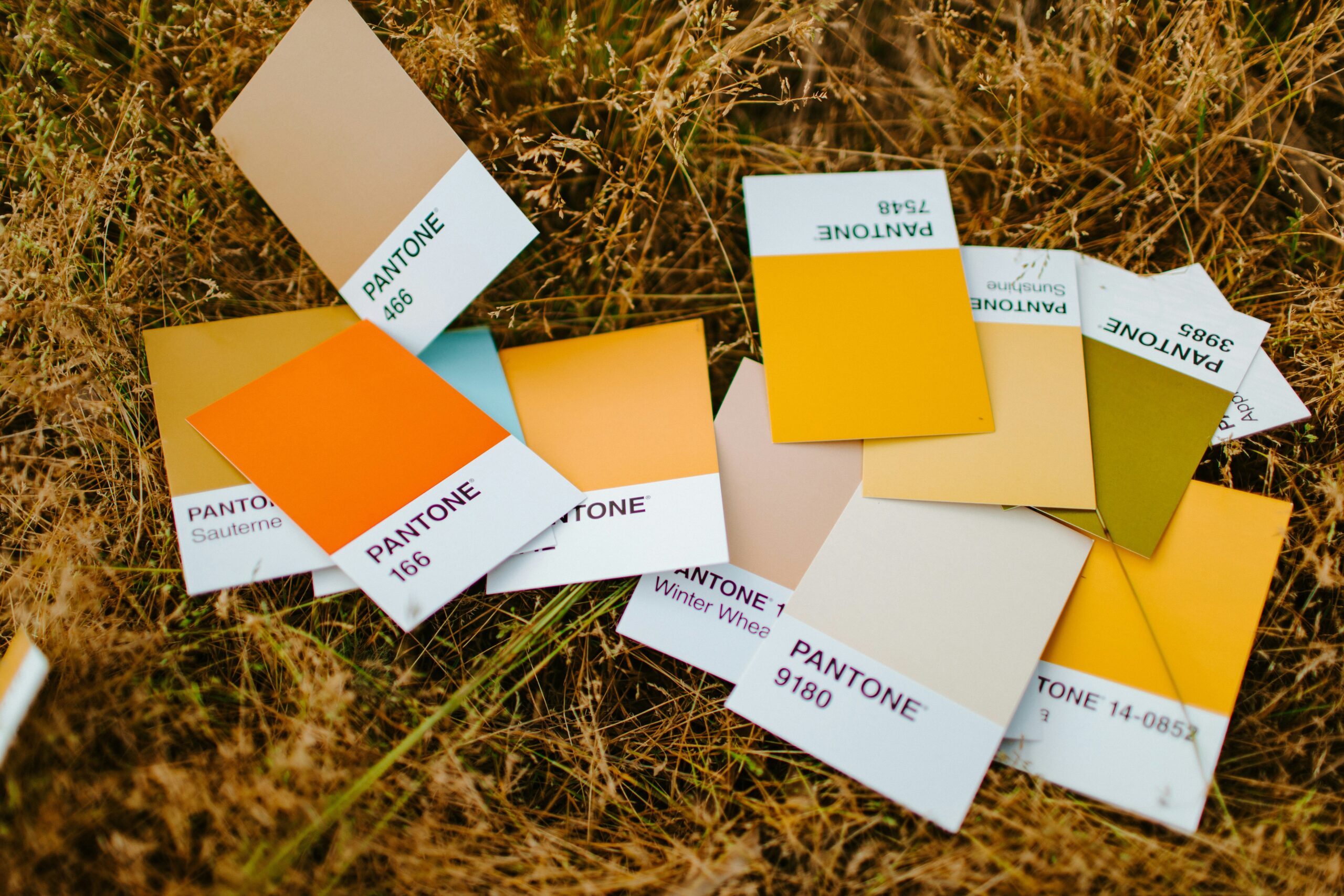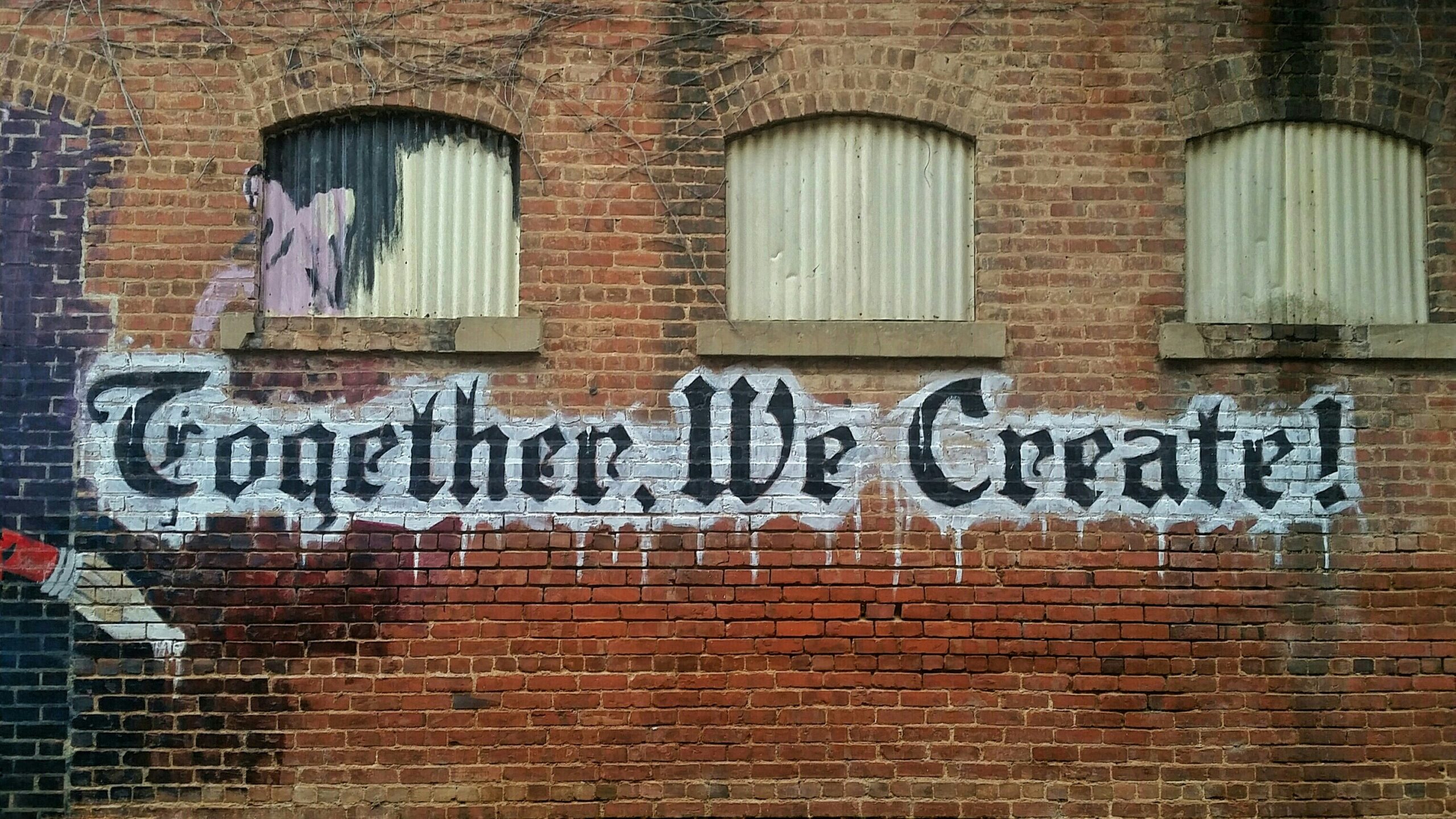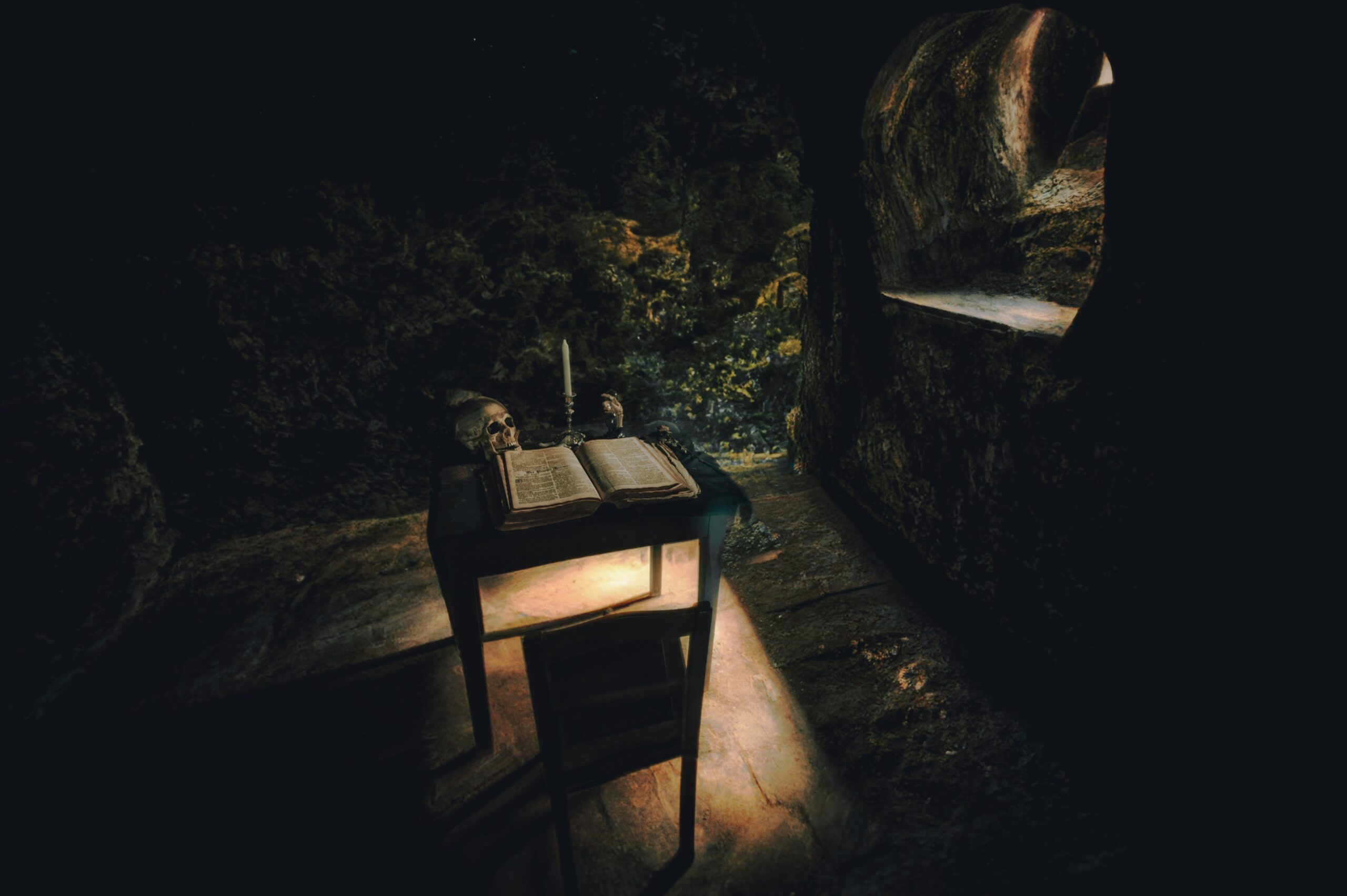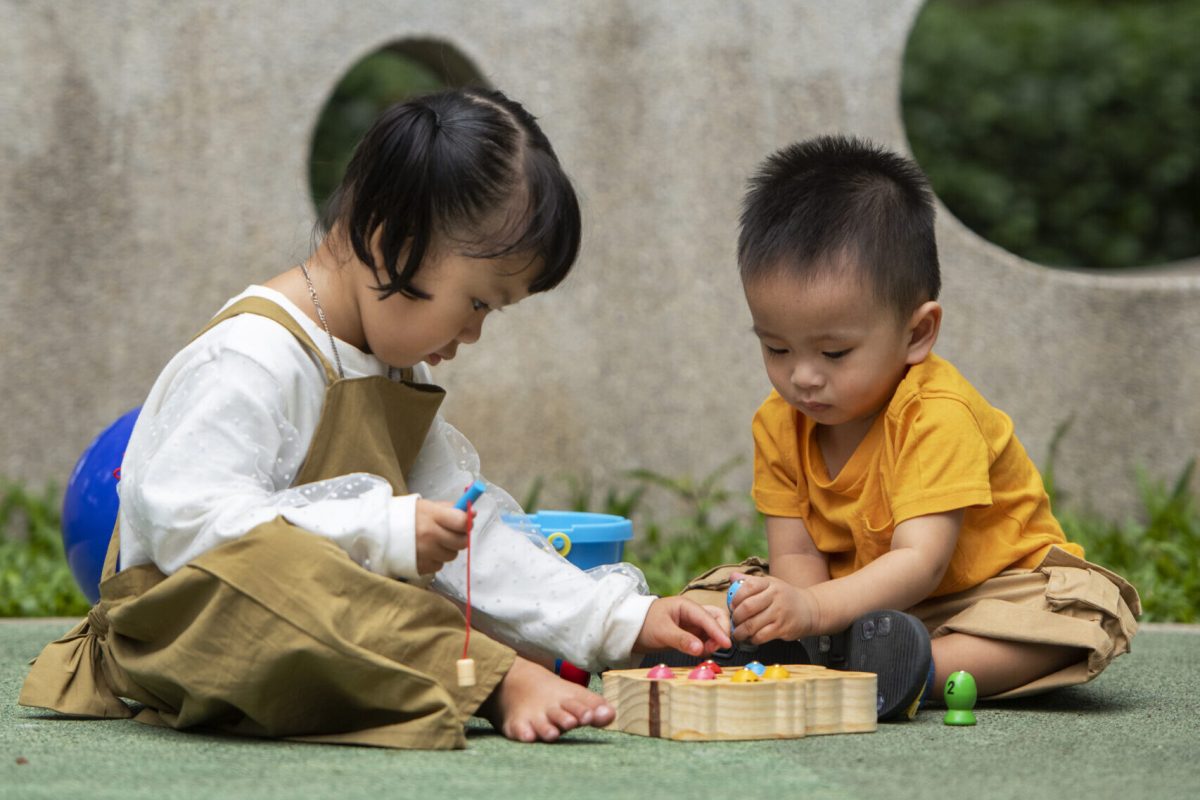
Have you ever entered a state of ‘flow’?
It is described as extreme concentration, where an individual is entirely absorbed into their work and the intrinsic value they derive from the experience.
Mihaly Csikszentmihalyi, the Hungarian-American psychologist who first introduced this concept of ‘flow’, concluded that people were happiest, most creative, and most productive when they experience this elusive state of being.
What is Creativity?
Some say it’s a method of thinking – the unadulterated creative mind produces a spark that ignites our imagination and fuels our innovative spirit. It’s all about thinking differently, breaking free from the ordinary, and letting our unique ideas shine through.
Whether it’s painting a masterpiece, solving a tricky problem, or coming up with the next big business idea, creativity is what sets us apart and propels us forward. It’s the lightbulb moment, the “Aha!” feeling, and the joy of bringing something new and exciting into the world.
Creativity can manifest in various forms, such as artistic expression, problem-solving, scientific discoveries, entrepreneurship, and more. It is a unique human trait that drives progress, innovation, and positive change in the world.
To us, creativity means being curious all the time and having the courage to explore new things. It goes without saying that this is only made possible through having an open mind that doesn’t shy away from experimentation.
The Mystery Behind Creativity (& Flow)
Notwithstanding the previous section’s explanation of creativity, it remains an elusive concept that varies from person to person. Your everyday thought processes may strike somebody else as moments of profound creativity.
Csikszentmihalyi interviewed athletes, musicians, and artists who referred to their moments of peak performance as times when their work simply flowed out of them with minimal effort, which is how he coined the term ‘flow state’.
Of the people he interviewed, one musician recounted his experience in the ‘flow state’:
“You are in such an ecstatic state that you almost don’t exist…My hand seems devoid of myself, and I have nothing to do with what is happening. I just sit there watching in a state of awe and wonderment. And the music just flows out by itself.”
Although creative people might differ from one another, as some might be astronomers, artists, writers, athletes or scientists, they all have one thing in common: they love what they do. For it is not the fame or fortune that drives them to persist in their endeavours, but a genuine passion for creating.
The highest level of concentration, while highly desirable, is often only achievable when several factors work together. These factors include the environment where the creative processes take place, stimuli experienced before the creation, and both internal and external stressors that may affect a creative person’s mood and well-being.
This is why a truly creative achievement rarely occurs as a sudden flash of inspiration, like a lightbulb turning on in the darkness, but rather emerges after years of concerted effort and perseverance.
It therefore takes a tremendous amount of courage to pursue creativity or any form of expression that is so closely linked to the heart.
The Creative Process
Beyond Csikszentmihalyi’s theory of flow, there’s also a 4-stage creative process model, first proposed by English political scientist and psychologist Graham Wallas (1926). The stages are as follows:
-
Stage 1: Preparation
The creative mind is primed to come up with a creative solution to the problem posed, usually through browsing and studying sources of inspiration and prior solutions to the pervasive issue at hand.
-
Stage 2: Incubation
Somewhat likened to germination, the ideas and concepts from Stage 1 will be allocated time and space to fester. Given the right environment and catalysts, ideas have the potential to take a conceivable shape instead of hanging in thin air.
-
Stage 3: Ideation/Illumination
This stage is usually where idea generation adopts a more deliberate approach. People frequently associate the entirety of the creative process with the ideation phase alone. However, ideas can manifest at any stage of the process, and substantial groundwork in prior stages is essential to facilitate successful ideation.
-
Stage 4: Verification
Wallas’ basic understanding of creativity at the time led him to conclude the creative process here. As the name suggests, verification entails proving and testing out ideas to measure their feasibility.
Verification can present itself in several forms, be it through scientifically-backed research, feedback from more experienced professionals in the field, or simply just checking in with ourselves to determine whether we’re on the right track.
How We Create
Granted, the word ‘creative process’ may lead you to believe that this framework is only applicable to so-called creative industries. In contrast, creativity takes place at all times, at any time, all around us.

Creativity manifests itself across numerous industries and professions in various ways. In design and architecture, it’s seen in innovative structures and aesthetically pleasing spaces. In technology, creativity drives breakthrough inventions and user-friendly interfaces. Within marketing and advertising, it sparks compelling campaigns and memorable branding strategies. In science and research, creativity fuels novel hypotheses and experimental approaches. Even in fields like education and healthcare, creative solutions enhance learning outcomes and patient care.
Essentially, creativity permeates every sector, driving innovation, problem-solving, and differentiation in products, services, and processes.
We could perennially discuss the ambiguous nature of creativity, but one thing stands for certain: creativity isn’t mysterious at all, in fact, it’s something we all practice inherently.
References:
Csikszentmihalyi, M. (1996). Creativity: Flow and the psychology of discovery and invention. New York: Harper/Collins (pp. 107- 126 plus Notes)
How To Harness the Four Stages of the Creative Process by Scott Jeffrey












